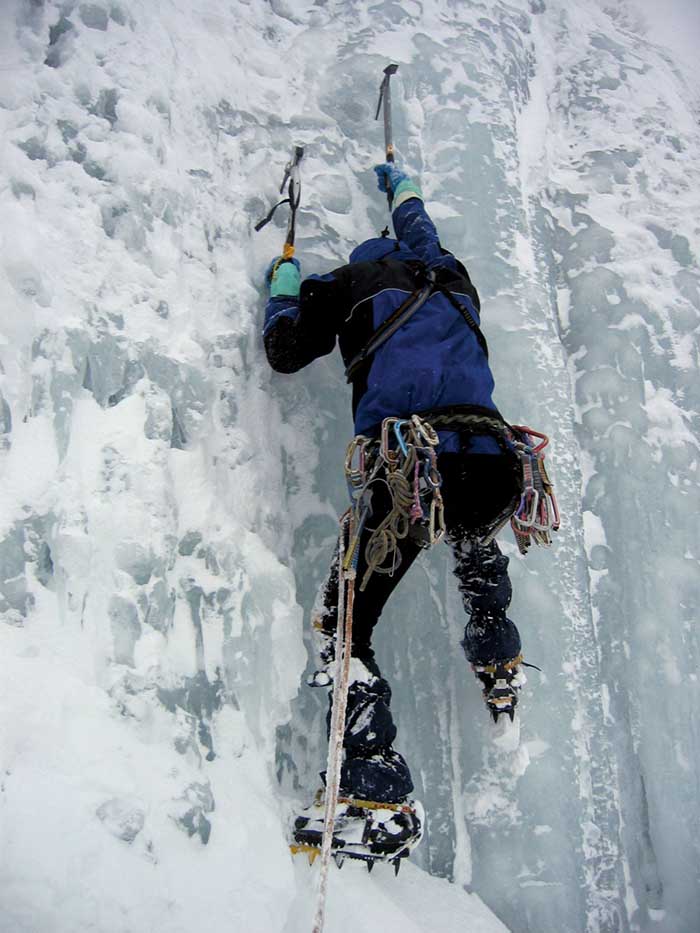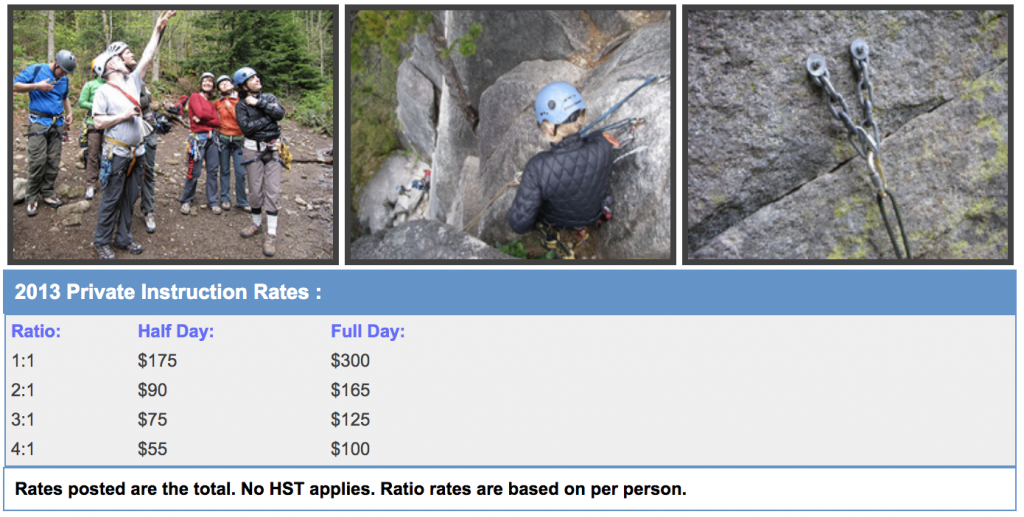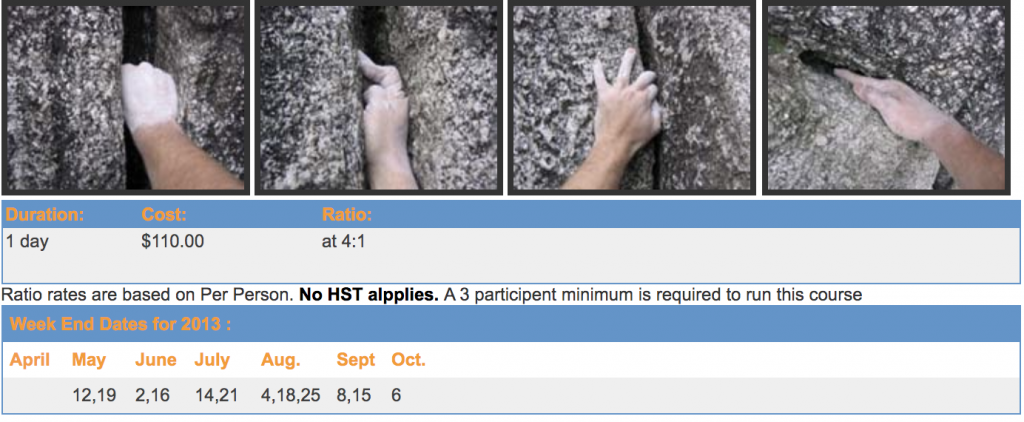
Getting into proper physical shape and having technical training is a must for any successful mountaineering experience. You’re not going to make the short usual trail in the woods. You need to be physically fit to handle the rigors of mountain climbing. However, before you head out to the mountains, you need to ensure you have the right equipment with you. The right gear and clothing play a crucial role in safe mountaineering experience.
You can buy some of the equipment or rent from the guide company.
Climbing rope
A climbing rope is necessary for your mountaineering involves technical rock climbing, glacier crossing, and steep scrambling. Most guide services will provide climbing ropes but you need to buy yours if mountaineering on your own. You need to consider the diameter and length of the rope. These two rope features determine the weight of the rope.
There are two types of climbing ropes categorized as dynamic and static. Static ropes are stiffer and best suited for rappelling. Dynamic ropes, on the other hand, are best for climbing since they are more elastic and help during falls. A rope of around 60 meters in length and a thickness of 10mm in diameter work just fine.
When choosing a climbing rope, make sure you choose a 4-season rope that works in all seasons. A climbing rope with dry treatment is the best since it resists water absorption. When ropes absorb water they become heavy and less likely to withstand the forces generated by a fall. It is also worth noting the wet ropes can slip make them risk.
Climbing harness
You also need a climbing harness to secure you to the rope or an anchor point when climbing rocks. In most cases, a standard rock-climbing harness will work just fine. However, it is advised you get a specially designed harness for mountaineering. This one is more comfortable and convenient to use. Mountaineering harness features a flat webbing and is pretty low-profile to make them lightweight, compact and comfortable to carry.
You can also improvise climbing harnesses from a rope. However, this is not necessary since commercial climbing harnesses are cheap and readily available. They also feature attachment loops and padding for easy and comfortable use.
Mountaineering boots
A good pair of climbing boots is also ideal for safe climbing. These boots will provide you with good traction and stability as you climb. Moreover, boots provide you a surface to attach crampons when climbing glaciers and areas with snow.
There are two types of boots to consider. These are insulated and non-insulated boots. Both boots are good but suitable for different climbing conditions. Boots with insulation are suitable for the winter season. However, they are also versatile and ideal for all-season use. Non-insulated boots, on the other hand, are best suited for areas with mild temperatures.
Belay device
This is a mechanical device that assists climbers in exerting tension on the climbing rope. They help prevent fellow climbers from falling. These devices usually feature sturdy metal construction. They are easy to use and allow climbers to feed out an appropriate amount of rope with minimal effort.
Carabiners
Carabiners are usually metal loops that keep you clipped into the ropes. They are usually spring-loaded and quickly connect or disconnect with ease. Carabiners are used in any kind of rock climbing with a roped travel. These loops are usually strong and made of the durable steel metal.
Crampons
If you plan to hike in areas with glaciers or ice, then consider buying crampons. These are metal devices that attach to the bottom of the boot. The devices feature steel construction and come with spikes to offer excellent traction on the ice. You can attach crampons to your boot using a binding system. This also shows you the importance of getting a mountaineering boot. A good choice for binding your crampons is the step-in system which works well with most mountaineering boots.
You can rent the crampons, buy them or have them from the guide companies.
Climbing helmet
A climbing helmet is another added safety feature should the worst happen. The helmets offer excellent protection to your head in case of falls. Choose helmets with clips to allow for easy attachment of a headlamp. Some of the best helmets feature closed vents for comfortable use during the cold days.
Ice axes for mountaineering
Ice axes are another excellent piece of equipment when hiking on Ice Mountains. These axes provide excellent traction by working as trekking poles. They dig into the ice and help provide balance. You can use the axes to pull yourself up. The axes also attach to ropes and help one stay safe in case of falls. You can quickly dig the axe into the ice to secure yourself.
Clothing
You also need to dress properly for mountaineering. Check with your guide to know the weather conditions to expect and dress appropriately.
Backpack
You also need a backpack to carry most of the gears. There are several things to carry on any mountaineering trip hence the need for a backpack.



